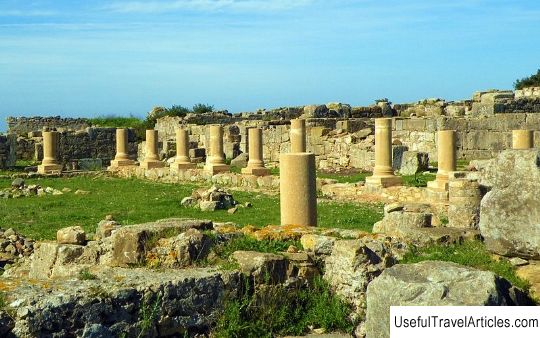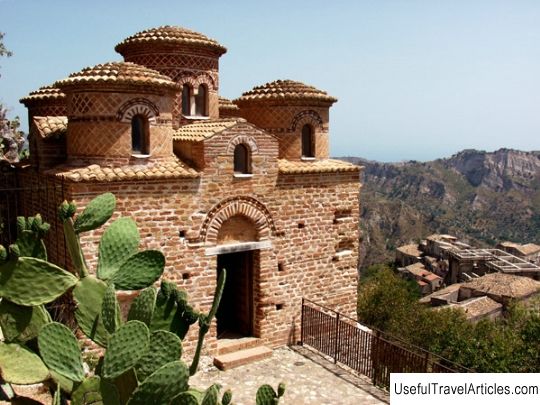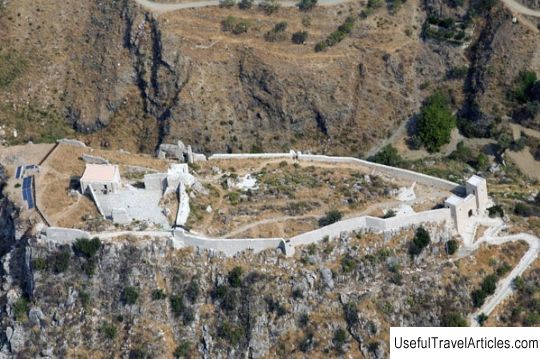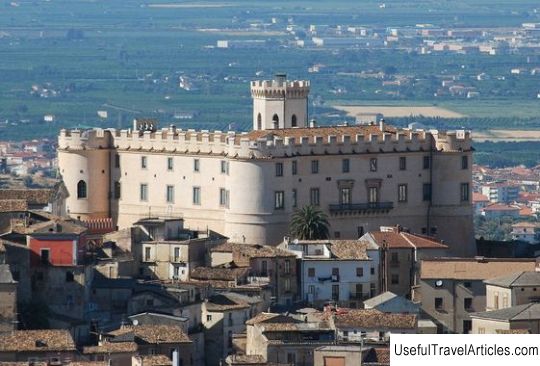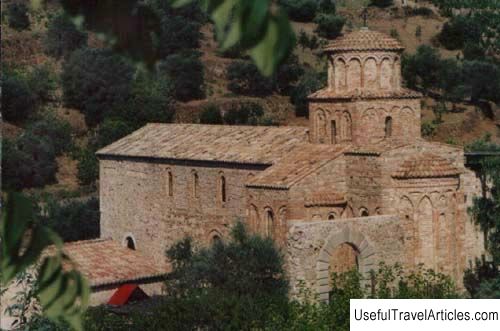Rossano description and photos - Italy: Calabria
Rating: 8,7/10 (790 votes) 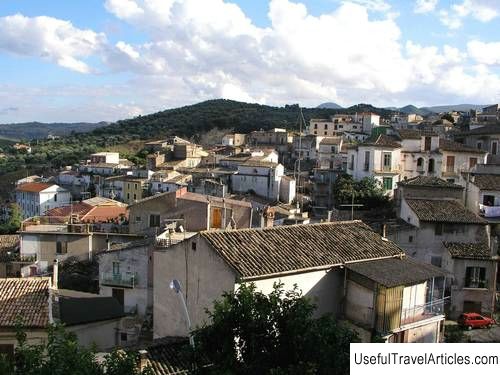
Rossano description and photos - Italy: Calabria. Detailed information about the attraction. Description, photographs and a map showing the nearest significant objects. The name in English is Rossano. Photo and descriptionRossano is a small town in the Cosenza province of the Italian region of Calabria, located on a hill 3 km from the Gulf of Taranto. The city is famous for its marble and alabaster quarries. In addition, there is the cathedra of the Catholic archbishop - two popes were natives of Rossano. During the Roman Empire, the city was called Roshianum. In the 2nd century A.D. by order of the emperor Hadrian, a port was built (or rebuilt) here, which could receive up to 300 ships. In the "Itineraria of Antoninus Augustus" the city is mentioned as one of the most important outposts of Calabria. Even the Goths, led first by Alaric I and then by the mighty Totila, were unable to capture Rossano. The inhabitants of Rossano expressed a special commitment to the Byzantine Empire, and that is why the emperor's “headquarters” was located in the city. A significant relic of that period, which has survived to this day, is the Codex Rossan, written in the 6th century, a unique illustrated manuscript on 188 parchment sheets. The warlike Saracens also failed to conquer Rossano. Only in 982, Emperor Otto II seized power in the city for a short time. Despite further conquest by the Normans, Rossano retained its Greek roots and traditions for a long time. This was especially evident in the predominance of Byzantine liturgical rites over Latin ones. Rossano retained his privileges during the reign of the Hohenstaufens and the Anjou dynasty, but after feudalization in 1417, a period of decline began. In the 15th century, the city passed into the ownership of the Sforza family, and from them - to the Polish king Sigismund. In 1558, it was annexed to the Kingdom of Naples. During those years Rossano was the cultural center of the region. Then, over the course of several centuries, the city passed from hand to hand, until in 1861 it became part of the united Italy. And it was then that most of the city's residents were forced to emigrate, since economic difficulties did not allow them to live a decent life. Today, tourist groups regularly come to Rossano to get acquainted with the unique historical and archaeological heritage of the city. Its Cathedral was built in the 11th century, but significantly rebuilt in the 18-19th centuries. It has three naves and three apses. The bell tower and baptismal font date back to the 14th century. The main treasure of the cathedral is the antique icon of the Madonna akeropit (not made by hands), probably made at the end of the 6th century. And it was in the sacristy of this cathedral in 1879 that the "Rossan Code" was found. Also worth seeing in Rossano are the churches of Santa Maria Panagia - an excellent example of Byzantine architecture, Santa Chiara from the mid-16th century, San Francesco di Paola with a Renaissance portal and cloister and the late Gothic church of San Bernardino, the first Roman Catholic church cities. The Temple of St. Mark, built in the 10th century and originally dedicated to St. Anastasia, is Rossano's oldest building and one of the best-preserved Byzantine churches in Italy. Outside the city walls, noteworthy are the 16th century Torre Stellata and the 11th-12th century abbey del Patire with ancient Arab-Norman frescoes, Norman apse and antique portals.               We also recommend reading Larnaca Fort description and photos - Cyprus: Larnaca Topic: Rossano description and photos - Italy: Calabria. |
